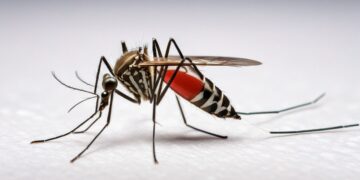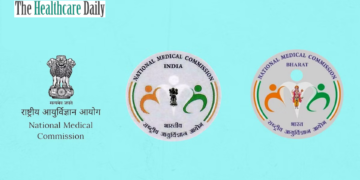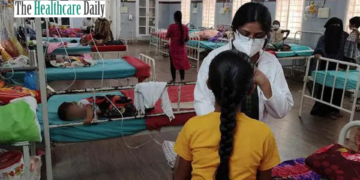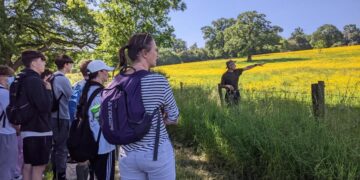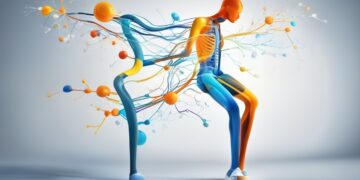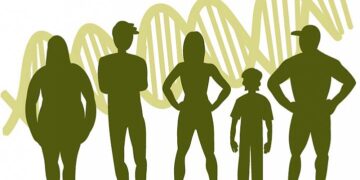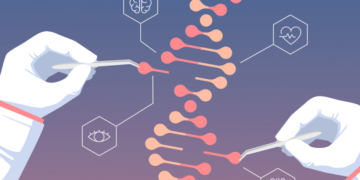According to the World Health Organisation (WHO), Regular exercise or physical activity has been shown to aid in the prevention and management of non-communicable diseases such as heart disease, stroke, diabetes, and a variety of malignancies. It also aids in the prevention of hypertension, the maintenance of healthy body weight, and the enhancement of mental health, quality of life, and well-being.
They say that physical exercise includes All kinds of movements, whether done for recreation, transportation to and from locations, or as part of a person’s job, are all considered to be a part of working out physically and be it of any intensity whether vigorous or moderate all types of physical activities or any sort of exercise are beneficial to health.
Walking, cycling, wheeling, sports, active recreation, and play are all common methods to be active that anyone may do for fun and at any ability level.
For ageing, in a healthy manner, the centre for disease control and prevention has stated that physical activity is the key to being well in fine while you will age.
According to the National Center for Health Statistics, the life expectancy in the United States is 74.5 years for men and 80.2 years for women.
Researchers from the Herbert Wertheim School of Public Health and Human Longevity Science at the University of California San Diego and other institutions carried out a statewide study to see whether physical activity had an edge over genetics in enhancing longevity.
The researchers discovered that higher levels of light, moderate, or vigorous exercise were associated with a lower risk of all-cause deaths after examining the health records of more than 5,000 older postmenopausal women. The conclusions are built on earlier research that demonstrated that spending more time sitting has negative health effects.
These relationships remained at various genetic levels of longevity potential.
The Objective PA and cardiovascular health study (OPACH)
Over 5,000 ambulatory women aged 63 and older had their physical activity data from 2012 to 2020 examined by UC San Diego researchers.
The relevance of the OPACH study was described to Medical News Today by the study’s lead author, Alexander Posis, MPH, a PhD candidate in the San Diego State University/UC San Diego Joint Doctoral Program in Public Health:
The OPACH study concentrated on relationships among risks for injuries, cardiovascular disease, and physical activity. Researchers were able to examine the relationship between exercise and the risk of death, cancer, cognitive decline, and physical impairment thanks to the data that was produced.
During an average follow-up of three years, additional research using the OPACH study discovered relationships with mortality, sedentary time (ST), and physical activity (PA). Nobody had, however, looked at any potential genetic influences on these associations.
The six-year follow-up of the UC San Diego study was used to adjust the findings using a “weighted genetic risk score (GRS) for lifespan”.
Covariates, Activity, and Variants
Participants in OPACH wore an accelerometer ( An accelerometer is a tool for measuring a structure’s vibration or acceleration of motion) for seven days in a row, 24 hours a day.
The apparatus tracked the women’s activity levels and time spent moving or sitting still.
Total PA was described by the researchers as “movement resulting in energy expenditure.” By applying specified cut points to the accelerometer data, they classified the PA intensity and ST minutes.

Choosing genes for long life
Numerous single nucleotide polymorphisms (SNPs), or genetic variants, have been connected to longevity through genome-wide association studies (GWAS).
A weighted GRS based on three SNPs highly related to long life was created by the UC San Diego cohort. This statistic contrasted death before age 90 with survival up to that age.
Comorbid conditions and Covariates
Age, degree of education, BMI, self-reported health status, and other factors were covariates, or participant characteristics, in this study. Only white, Black, and Hispanic participants played a role in the study.
The study also included chronic illnesses like cancer, depression, frequent falls, and cardiovascular disease that were present before or after involvement.
The findings of the researchers
1,022 of the 5,446 women in the study’s sample died while being followed up.
The authors found that the GRS for lifespan was high in 36.6% of the population, medium in 33.1%, and low in 30.9% of the population.
First, the researchers discovered that higher ST was linked to a higher risk of death while light to moderate-intensity physical activity or exercise was linked to a decreased risk of death. It’s interesting that these relationships held true independent of one’s inherited propensity for long life.
Interestingly, compared to the other GRS groups, the low-GRS participants were younger, more active, and had superior physical functioning scores. In comparison to the medium and high GRS categories, those with low GRS were also “more likely to be of Black race/ethnicity.”
According to a news release from Aladdin H. Shadyab, PhD, senior author of the study and assistant professor at the Herbert Wertheim School of Public Health and Human Longevity Science, “our study showed that, even if you aren’t likely to live longer based on your genes, you can still extend your lifespan by engaging in positive lifestyle behaviours like regular exercise and sitting less.”
Advantages and Disadvantages
Women have always been disproportionately underrepresented in clinical studies. Utilizing the OPACH study’s data was a step in the right direction for inclusive research.
However, the results of the UC San Diego study were constrained by the consequent lack of male involvement.
“Given the structure of our study, we were unable to draw any conclusions about men. Posis told MNT that future research should look at these correlations in study cohorts that include men and people who are younger in age.
The work is a “well-done study [… with] a lot of fantastic data,” according to Dr Scott Kaiser, a geriatrician and the head of Geriatric Cognitive Health for the Pacific Neuroscience Institute at Providence Saint John’s Health Center in Santa Monica, California. He did issue a warning, noting that the current study was an association study rather than one intended to establish causation.
“I believe that this merely adds to the mounting data that proves our genes are not our fate […] It demonstrates that physical activity and longevity are more strongly related than [are] genetics, according to Dr Kaiser.
Dr Kaiser stated that since the current study only looked at a few indicators of lifespan, researchers need to identify other such factors.
The phrase “sedentary time,” according to Dr Kaiser, may not be suitable. People who are unable to walk but can nevertheless engage in other physical activities, such as chair exercises, are not taken into account.
It comes down to whether you simply engage in regular physical activity as opposed to someone who is generally inactive, he explained.

